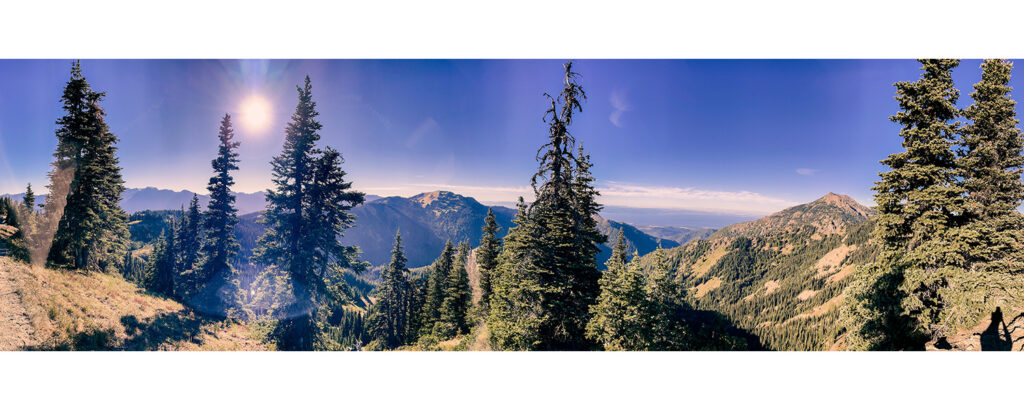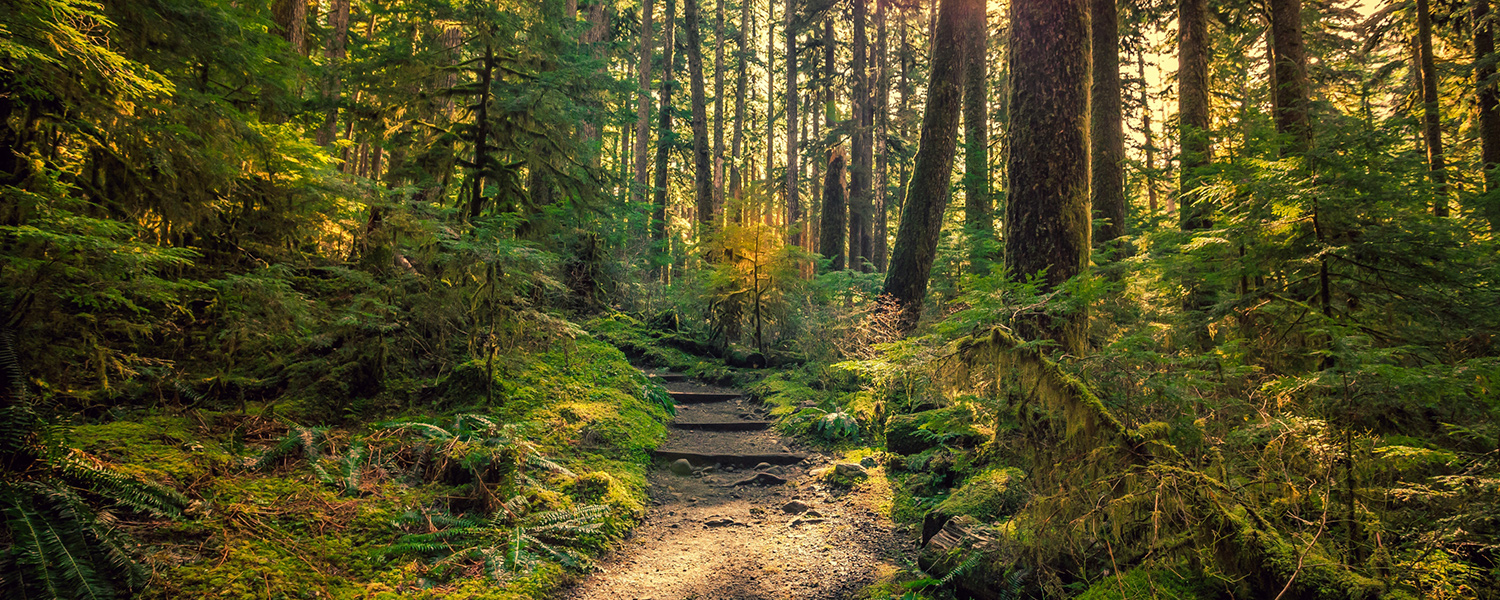Discover Olympic National Park
Resources to immerse yourself.
RESOURCE OVERVIEW
To live a life of Sonder, you are more than just traveling, but immersing yourself in another place. Use this page to help you craft the best experience you can.

Ideas for using this page
Here are a few crafted ideas for you to experience more with your family!
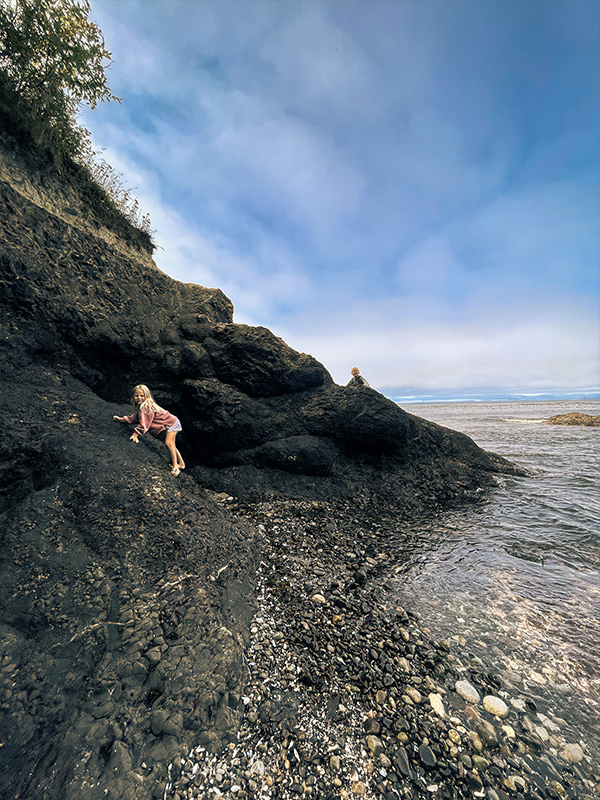
Enchanting Ecosystems
Discover the 4 diverse ecosystems that make up Olympic National Park, then pick your favorite and create a diorama of it to display!
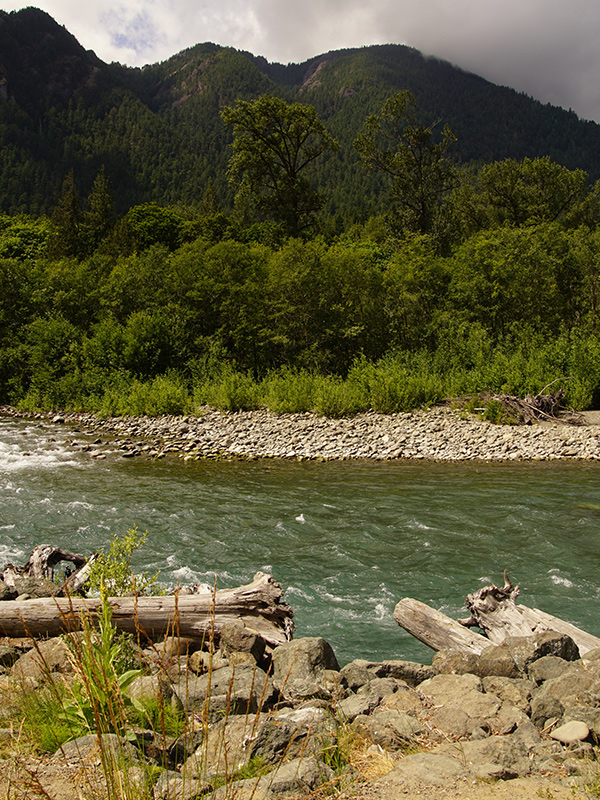
The Living Forest!
Explore the different flora and fauna that make the Olympic Rainforests unique! Then get outside and make a nature mandala!
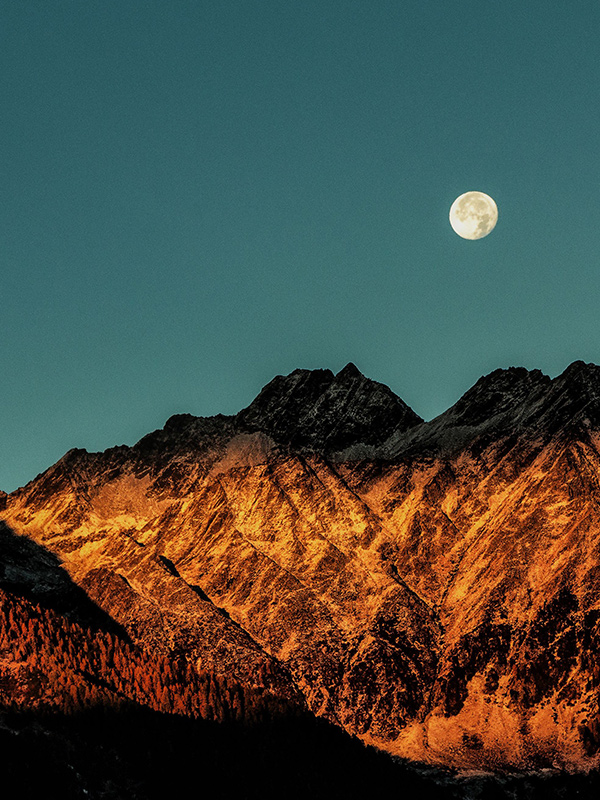
Scat & Tracks
Pick up this fun book to help you identify scat & tracks at Olympic National Park! Animals are everywhere, even if we don’t always see them!
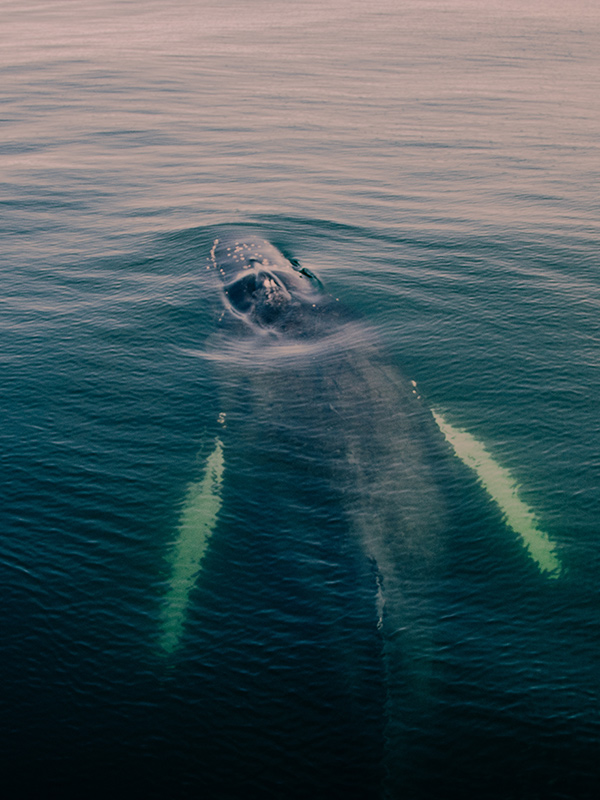
Double Feature
Watch this cool video that follows killer whales off the coast of Olympic National Park, then go whale watching yourselves on the coastlines!
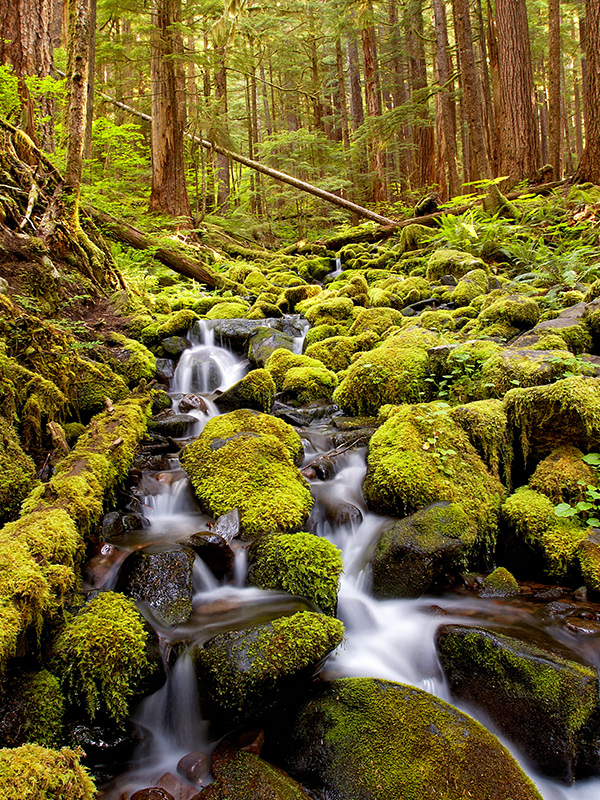
A Salmon Revival
Find out about the largest Dam removal in the history of the United States, and what it means for the salmon at Olympic. Finish off with a salmon dinner using this recipe!
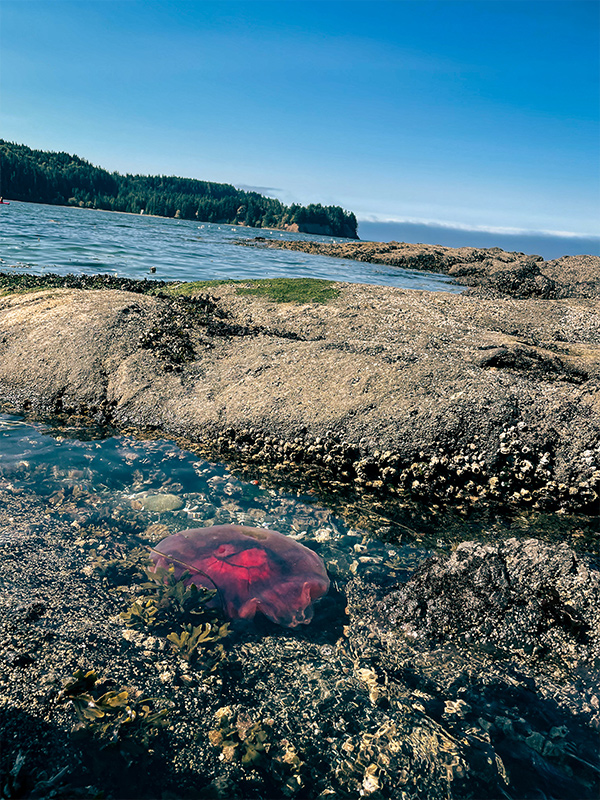
Tide Pool Mania
Olympic National Park is full of rugged coastline creating many unique tide pools. Check out this short article to see what you might find at different tides!
TRAVEL GUIDE
How long to visit? Best time to visit? Transportation? Points of Interest?
Additional Information? Guide Books?
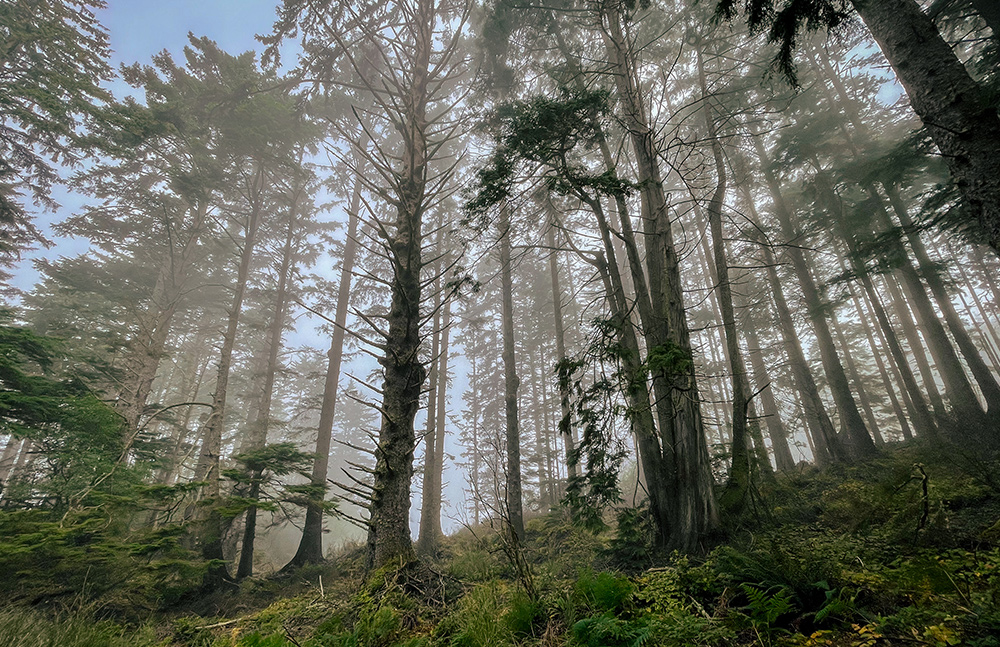
How many days do you need to visit Olympic National Park?
3+ days – Three packed but amazing days! If you can extend, 4-5 days would be ideal especially with kids. You could easily spend a week here and love every minute of it though.
The park is very large. It covers almost 1 million acres and many of the more popular spots are spread out from one another, meaning there will be travel time to consider in between stops.
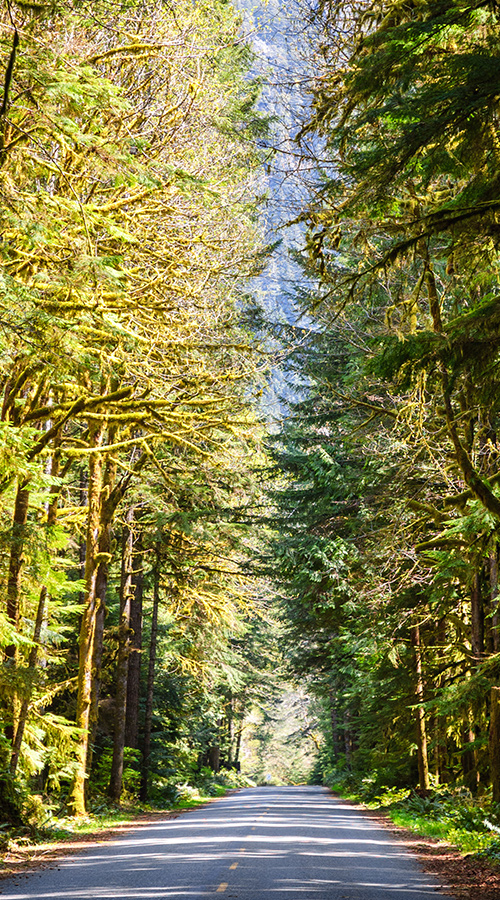
Best Time to Visit
- Summer (June to September): This is the most popular time, with mild temperatures, blooming wildflowers, and clear skies.
- Fall (October to November): Fall foliage adds a burst of color to the park, and crowds become very thin. The weather remains relatively mild, making it a fantastic time for hiking.
- Winter (December to February): Snow blankets the higher elevations. Winter sports enthusiasts can enjoy snowshoeing and cross-country skiing. Some parts of the park will be closed to visitors during the winter months.
- Spring (March to May): Spring is a quieter time to visit, with fewer crowds but lush greenery and blooming wildflowers.
We visited in the late August/Early September and found the temperatures to be perfect and the crowds to be very low. It was a perfect time to visit! Be sure to check out our Travel Journal detailing our time at the park!
Transportation
Public transportation within the national park is very limited. You will want a car to give you the most flexibility and make it easy for you to access the many different parts of the park.
The nearest airport is Seattle-Tacoma International Airport (SEA).
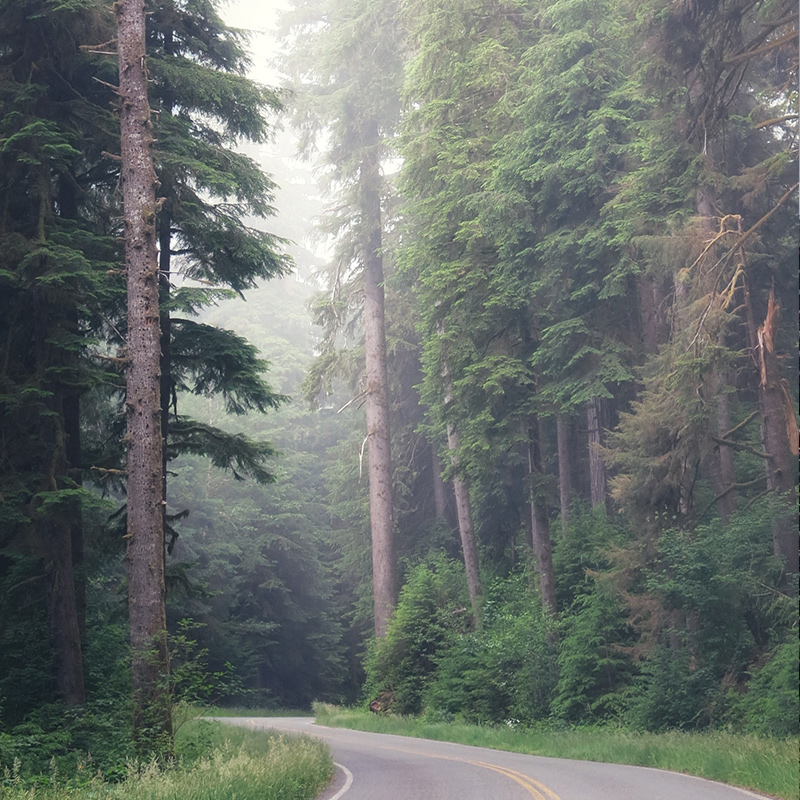
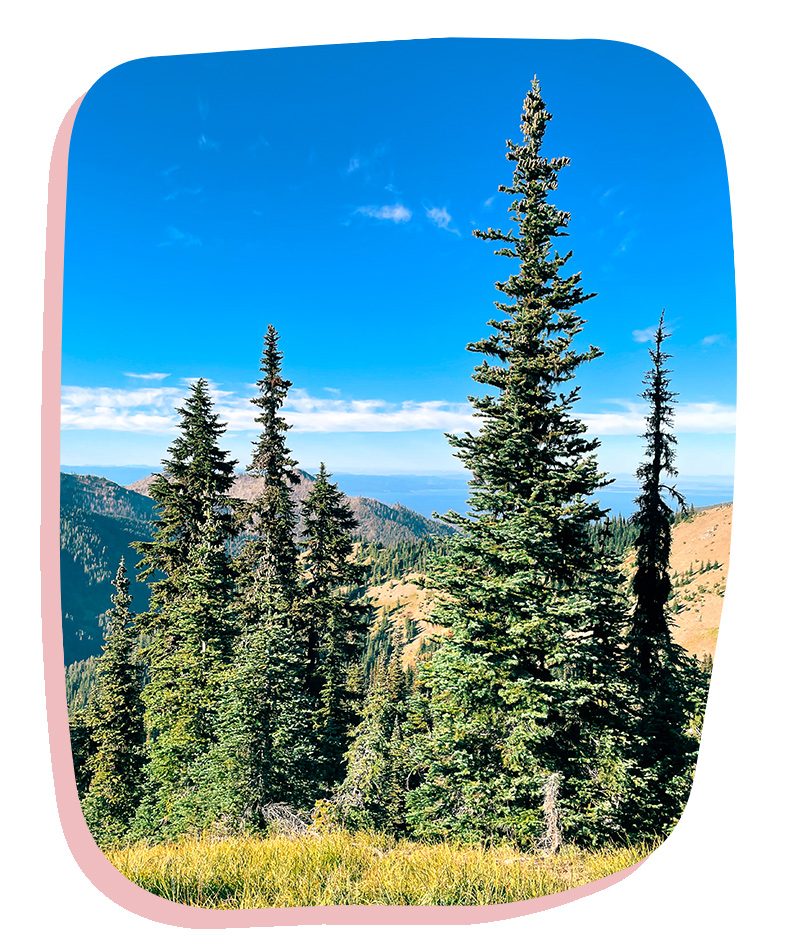
Points of Interest
- Hurricane Ridge: Offers breathtaking panoramic views of the Olympic Mountains + Hiking trails that cater to all skill levels.
- Hoh Rainforest: A lush, enchanting rainforest with moss-covered trees and unique plant life. The Hall of Mosses Trail is a must.
- Ruby Beach: Known for its sea stacks and tide pools, Ruby Beach is a picturesque spot along the Pacific coastline.
Points of Interest Continued
4. Sol Duc Valley: Home to the Sol Duc Hot Springs, this area features waterfalls, hot springs, and scenic trails.
5. Lake Crescent: A crystal-clear glacial lake surrounded by forests. Enjoy kayaking, fishing, or some of the nearby hiking trails.
6. Olympic Coastline: Explore the wild and rugged coastline, dotted with sea stacks and tide pools.
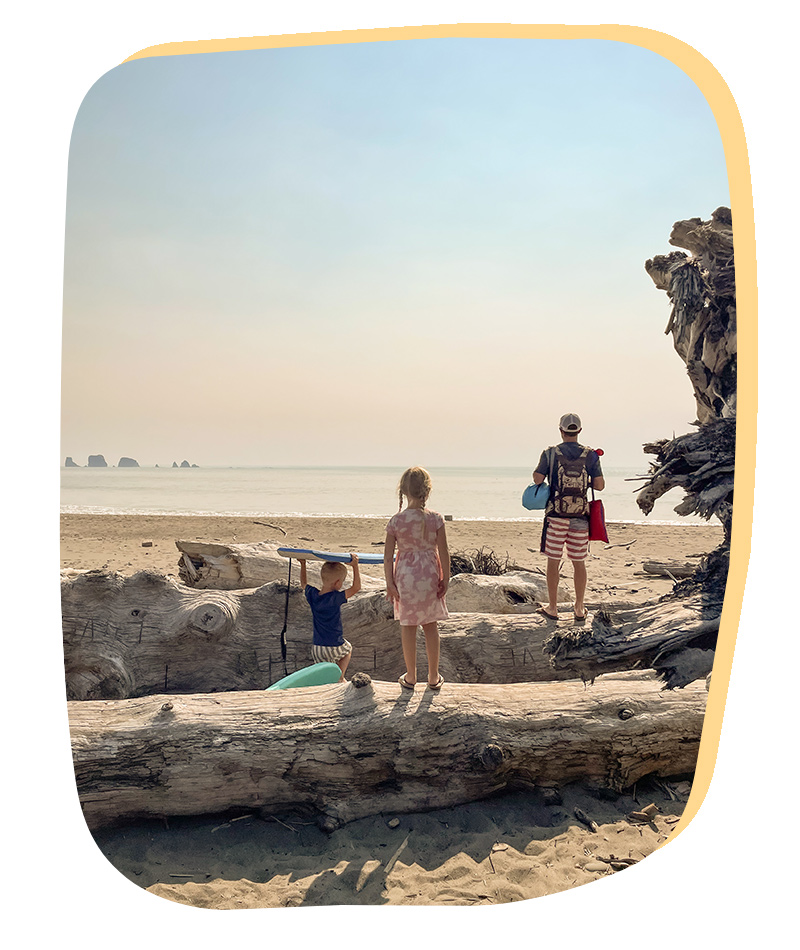
Additional Information
Entrance Fee: There is an entrance fee for visiting the park, you can get the most up-to-date information on that cost here. If you plan to visit more national parks within a one year period, then the all access America the Beautiful pass is a great value! There are other discounted passes available as well.
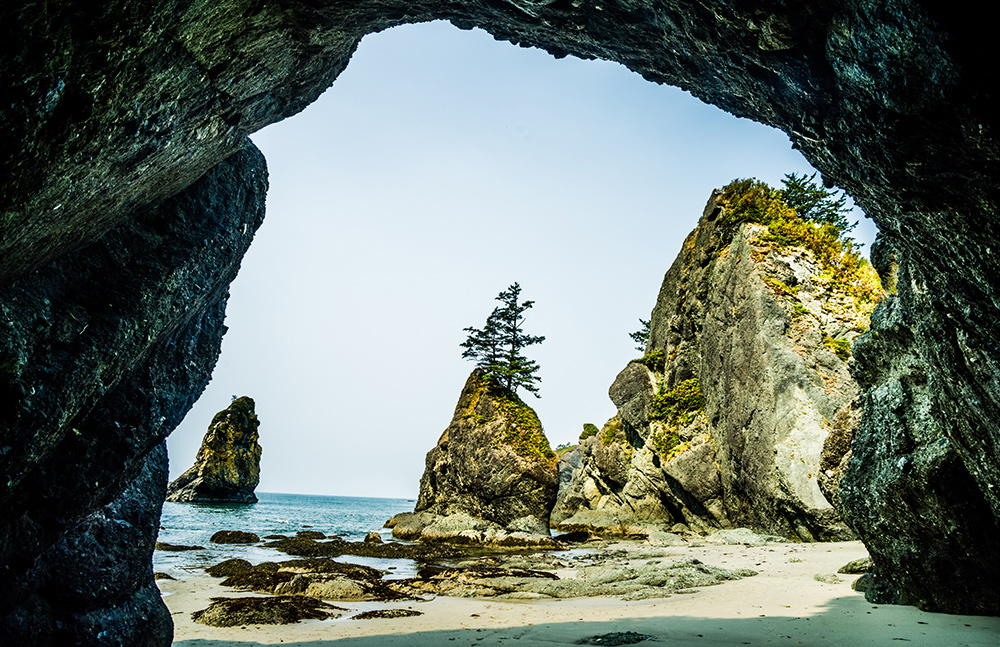
Other Sonder Tips:
- Book accommodations well in advance, especially during the peak season.
- Bring plenty of water and snacks when out exploring.
- Dress in layers, as temperatures fluctuate.
- Remember to check trail conditions and park alerts before your visit, and practice Leave No Trace principles to preserve the park’s natural beauty.
Embrace the diversity of Olympic National Park, and let its natural wonders create lasting memories for your family. Happy exploring!
Guide Books & Recommended Websites
If you would like to purchase something, PLEASE use our links! We receive a small commission and it helps us keep our blog running – but your price stays the same! We truly appreciate your support!.
- Map
- Hiking Guide Book – great for backpacking, and day hikes.
- The Best of Olympic National Park – guide book with a wide range of information from picnic spots to wildlife viewing & family travel.
- Falcon Guides Easy Day Hikes – guide detailing the best easy day hikes in the park.
HISTORY & CULTURE
Sonderful Tip: Discovering the history of a place before visiting can make your experience more valuable and memorable! Keep a journal to mark the things that stand out most to you!

Overview
Olympic National Park will always be one of our family’s favorite places precisely because it is so diverse! It has oceans and coastline, mountains and glaciers, rainforests and abundant wildlife. Learning about this unique destination will have you wanting to visit as soon as possible. Here is a brief overview of its history.
NATIVE INHABITANTS
Long before Olympic National Park became a protected area, the region was home to indigenous peoples, including the Quileute, Hoh, Quinault, and Makah tribes.
These Native American communities lived in harmony with the diverse ecosystems of the Olympic Peninsula for thousands of years.
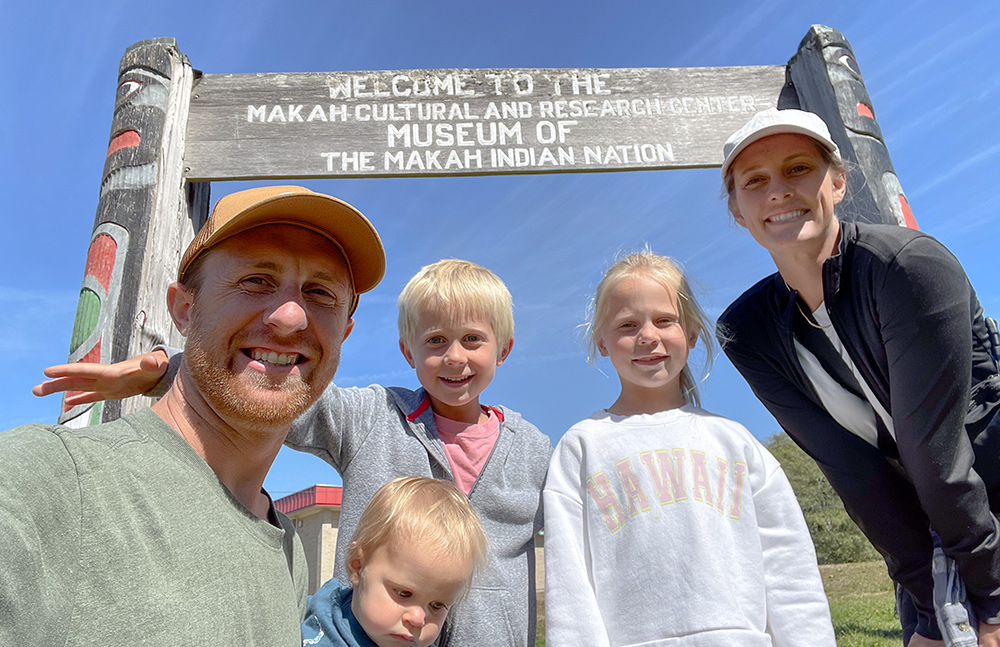
These tribes shared a close relationship with the natural world, incorporating the surrounding environment into their spiritual beliefs and daily lives. Cedar, salmon, and other natural resources held cultural significance, and intricate art and storytelling traditions conveyed their histories and beliefs.
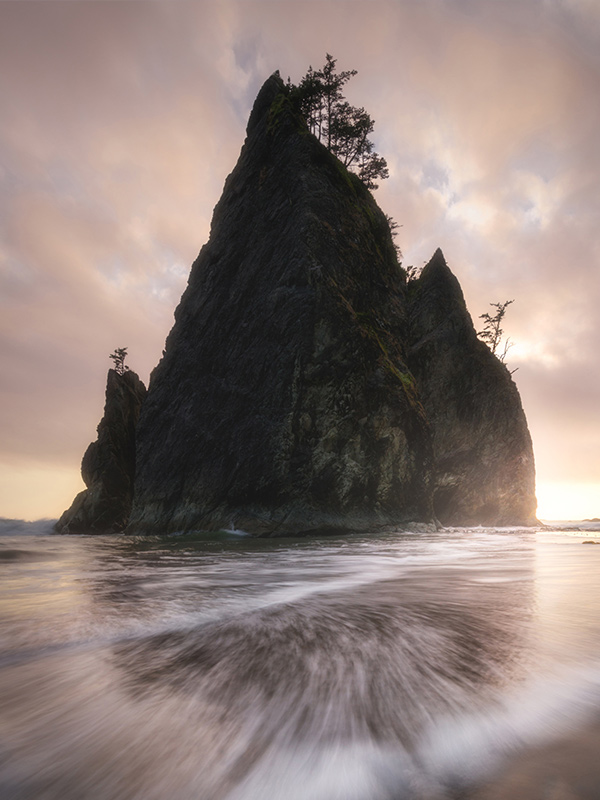
European Contact: The arrival of European explorers and settlers in the late 18th century brought significant changes to the lives of the native inhabitants. Contact with European diseases, forced relocations, and changes in land use disrupted traditional ways of life, leading to significant challenges for these communities.
Reservation Period: As European-American settlement continued, the U.S. government established reservations for many Native American tribes, altering their traditional territories. Despite the challenges, the tribes persisted in maintaining their cultural heritage and traditions.
Present Day: Today, despite all the hardship, the tribes work to preserve their heritage and long-standing traditions — playing vital roles in the cultural and economic life of the Olympic Peninsula. They actively participate in the stewardship of natural resources and are important partners in the management of Olympic National Park, contributing to the preservation of the region’s cultural and ecological heritage.
EXPLORATION AND SETTLEMENT OF OLYMPIC NATIONAL PARK
European exploration in the late 18th century brought Spanish and British navigators to the area. The Spanish explored the coast, while the British, led by George Vancouver, mapped the intricate waterways.
The 19th century saw increased European-American settlement, with the establishment of trading posts and logging operations.
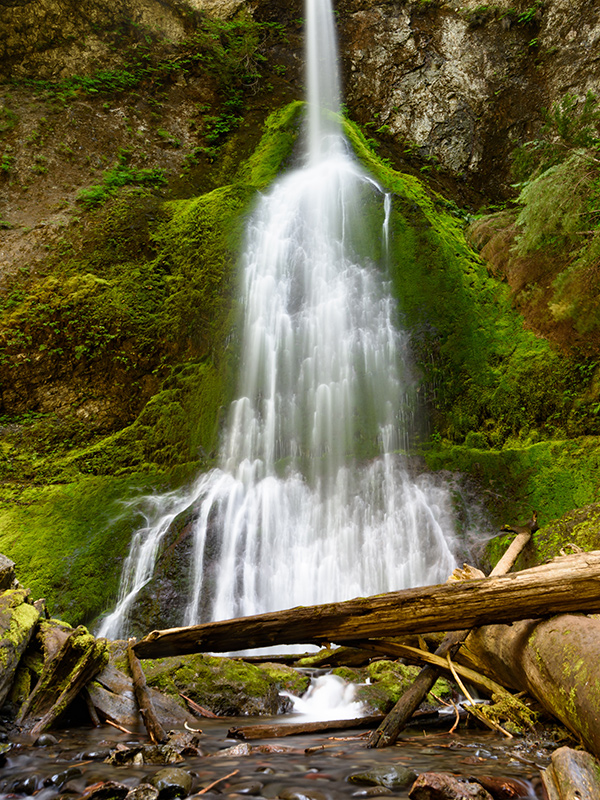
PRESERVATION EFFORTS & CREATION OF OLYMPIC NATIONAL PARK
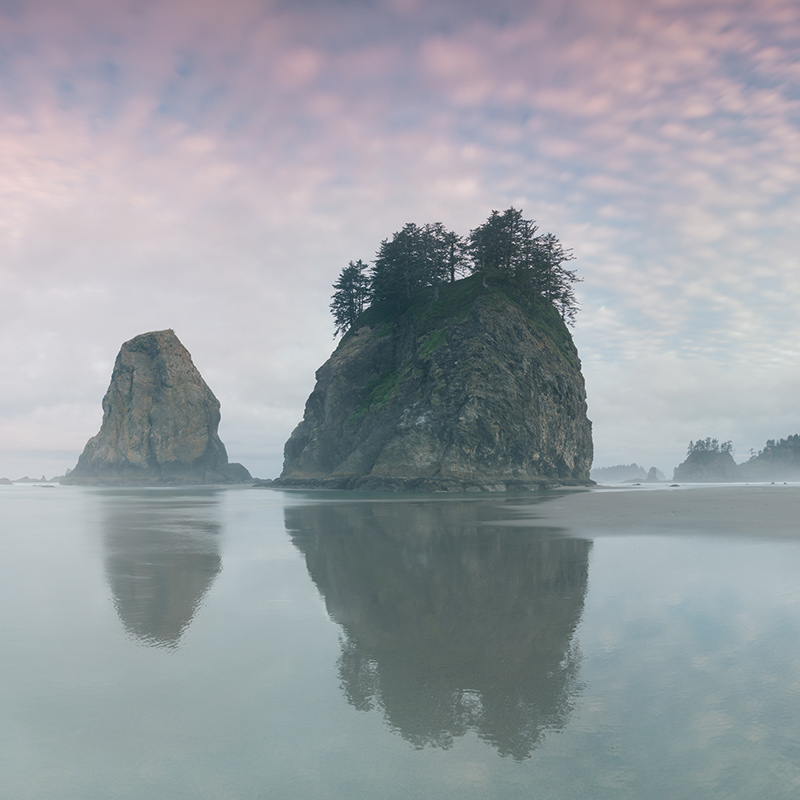
Concerns about the rapid deforestation and exploitation of natural resources in the late 19th and early 20th centuries prompted conservationists to advocate for the protection of the Olympic Peninsula.
One of the key figures in this movement was President Theodore Roosevelt, who designated Mount Olympus National Monument in 1909.
In 1938, President Franklin D. Roosevelt signed a bill that elevated Mount Olympus National Monument to the status of Olympic National Park.
This designation expanded the protected area to include not only the majestic mountain but also the surrounding rainforests, alpine meadows, and Pacific coastline. The park was officially dedicated on June 29, 1938.
BIOSPHERE RESERVE
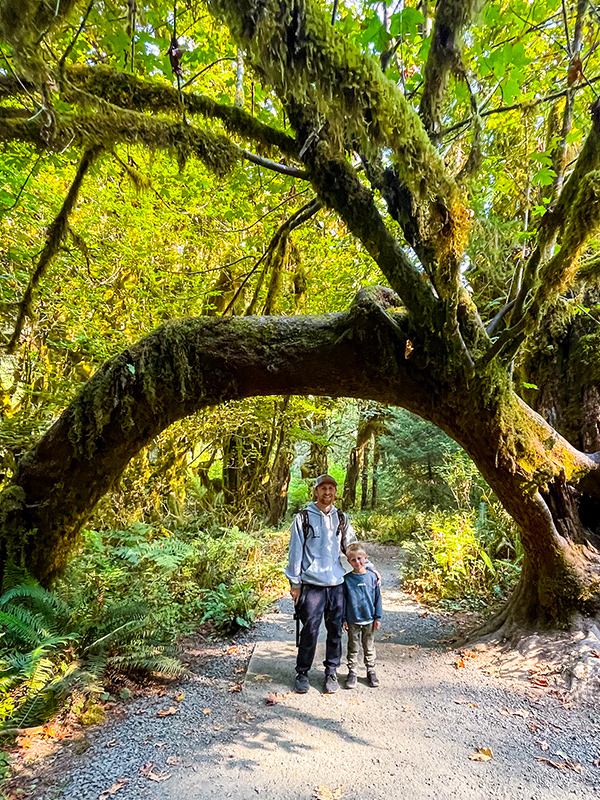
In 1976, the park was designated as an International Biosphere Reserve, highlighting its importance in preserving global biodiversity.
Today, Olympic National Park stands as a testament to the ongoing efforts to preserve natural treasures for future generations.
Visitors can explore its diverse landscapes, from the towering peaks of the Olympic Mountains to the ancient rainforests and rugged coastal shores, experiencing the wild beauty that has been safeguarded for decades.
Quick Links:
Timeline – detailed timeline of human history in the park – 5 min.
Ancient Peoples – great article with more details on the area tribes.
Area Tribes – Same article as above but in PDF form for easy printing.
Early Exploration – Quick article detailing more information on early exploration of the park.
Settlement – quick article overview of the settlement of euro-american people in the area. On the right hand side you’ll find additional articles for specific areas in the park.
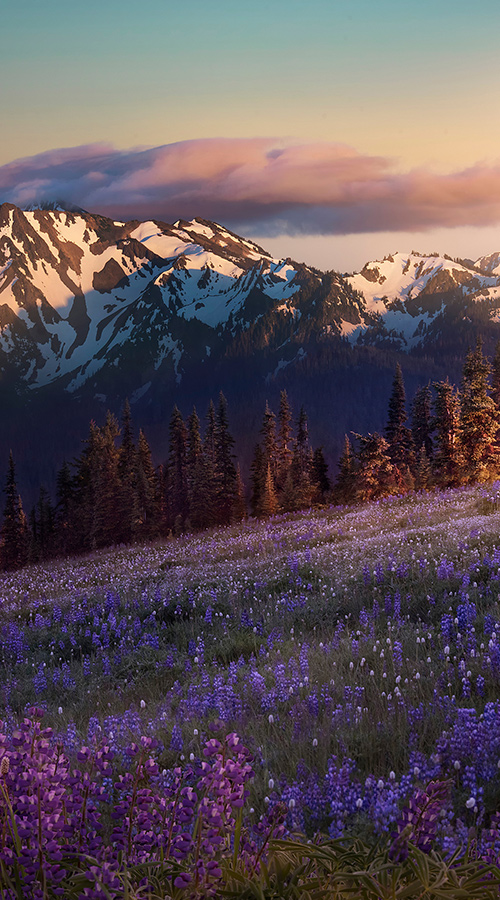
History – quick article on the history of the park with additional information on the history of the resorts in the area.
The Warring Dragons – legend of Sol Duc Hot Springs – quick read and a fun one to memorize and retell when visiting the springs.
Lady of the Lake – quick read – a true murder mystery that took place at Crescent Lake – for older kids.
Cultural Sites – detailed list of all historical, arts and cultural sites you can visit in the area.
Women in the Park – a unique exhibition on womens contribution to the pacific north west (coming end of 2023).
PARK INFORMATION
Information | Junior Ranger Program | Quick Links
Information
National Park: The park was established in 1938 after President Franklin D. Roosevelt toured the area.
UNESCO Heritage Site: Yes. In 1981, Olympic National Park was designated as a UNESCO World Heritage Site – in recognition of its outstanding ecological diversity and pristine landscapes.
Size: “The park protects 922,651 acres, encompassing three distinctly different ecosystems: rugged glacier-capped mountains, wild Pacific coast, and magnificent old-growth temperate rain forest” – NPS
Location: Located in the furthest northwestern region of Washington State, USA.
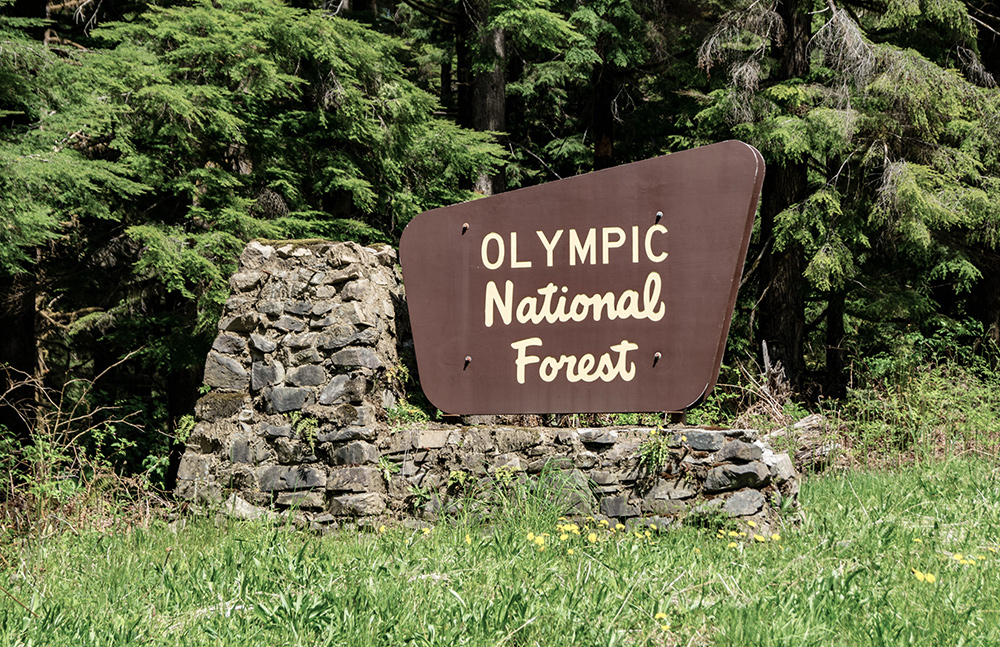
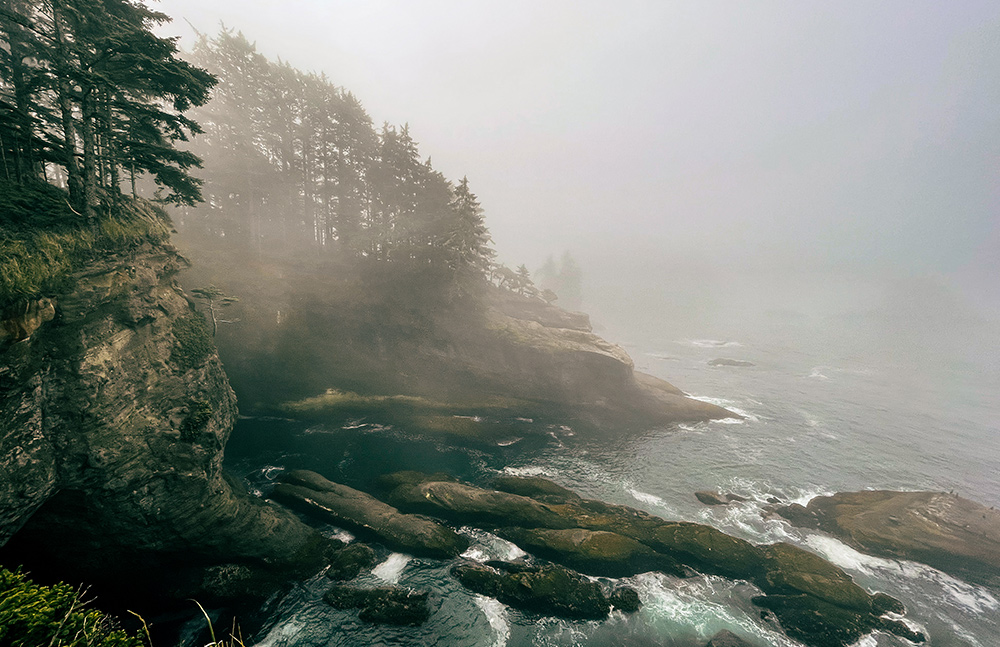
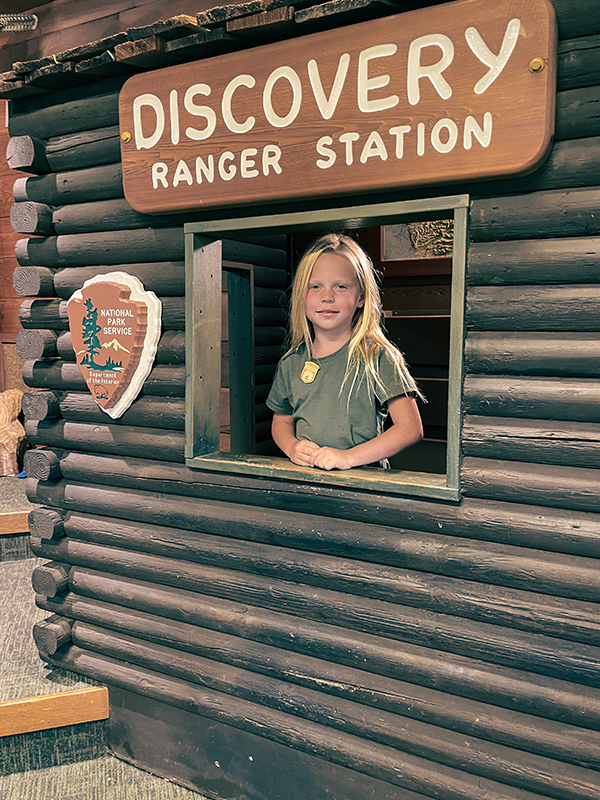
Junior Ranger Program
The Junior Ranger program offers young visitors an opportunity to learn about the park’s natural wonders and cultural heritage while earning a badge through fun, age-appropriate activities.
Pick up a packet at any of the visitors centers and once completed, return to any visitors center to retrieve your badge!
Quick Links
- Official Youtube Channel for Olympic National Park
- Official park website
- Map of Olympic National Park
- Live Webcam – watch live views from inside the park!
- Soundscapes– listen to the park!
- National Geographic Kids – website resource designed for kids. Quick read with some beautiful photos of the park.
- Preserve & Protect – Learn what funding Olympic National Park. needs and get involved with the National Park Conservancy.
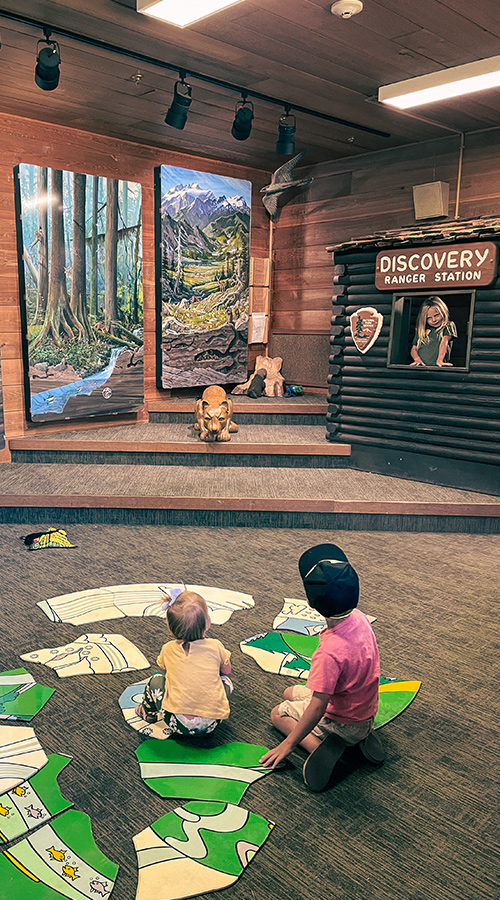
PLANTS & ANIMALS

Olympic National Park’s remarkable plant and animal life contribute to its ecological significance and offer visitors a unique opportunity to witness the beauty and interconnectedness of diverse natural habitats.
The park boasts an extraordinary diversity of ecosystems and encompasses three distinct zones: the alpine region, temperate rainforests, and the Pacific coastline contributing to a rich tapestry of plant life.
The diverse habitats of Olympic National Park also support a wide array of wildlife, from mountain goats atop craggy peaks to marine life along the rugged coastline.
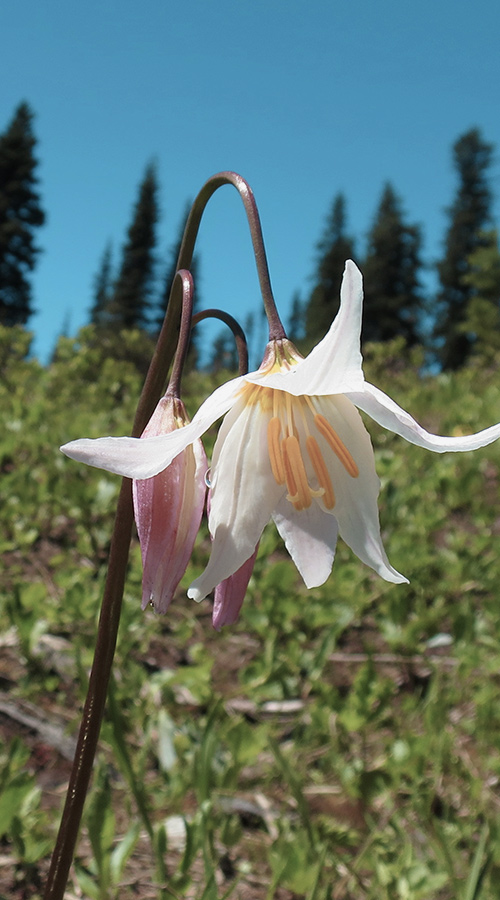
Plants
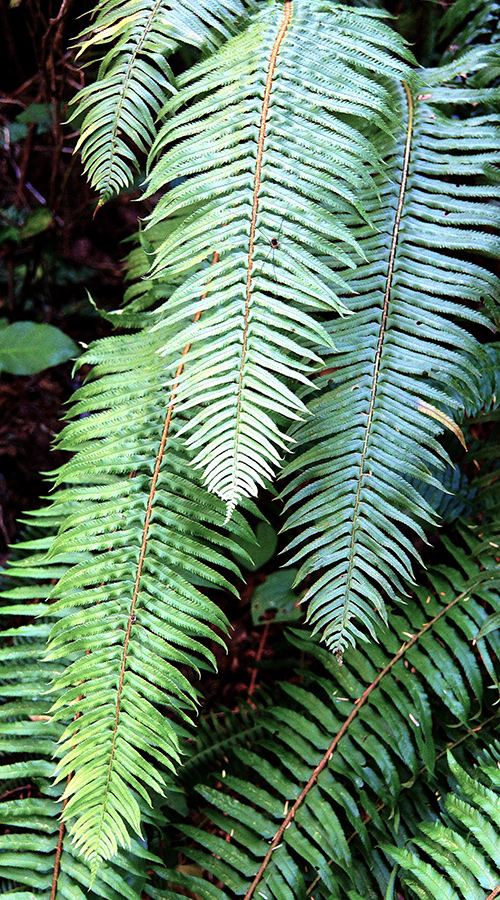
Sonder Tip: Make a Nature Mandala! Simply go outside and collect wild things such as leaves, twigs, rocks, and start creating a circular pattern with them. This represents the circle of life!
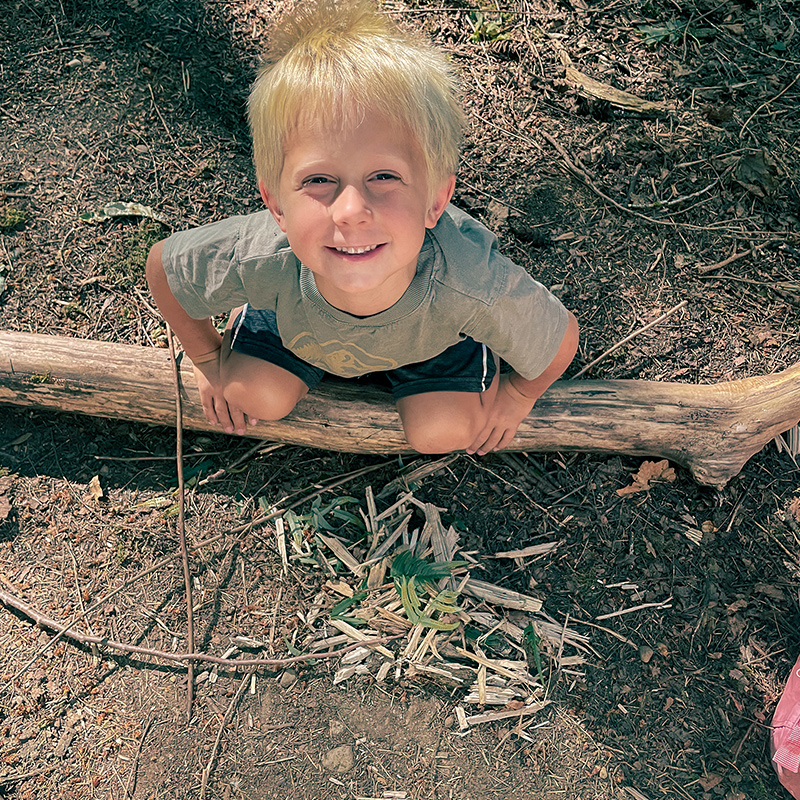
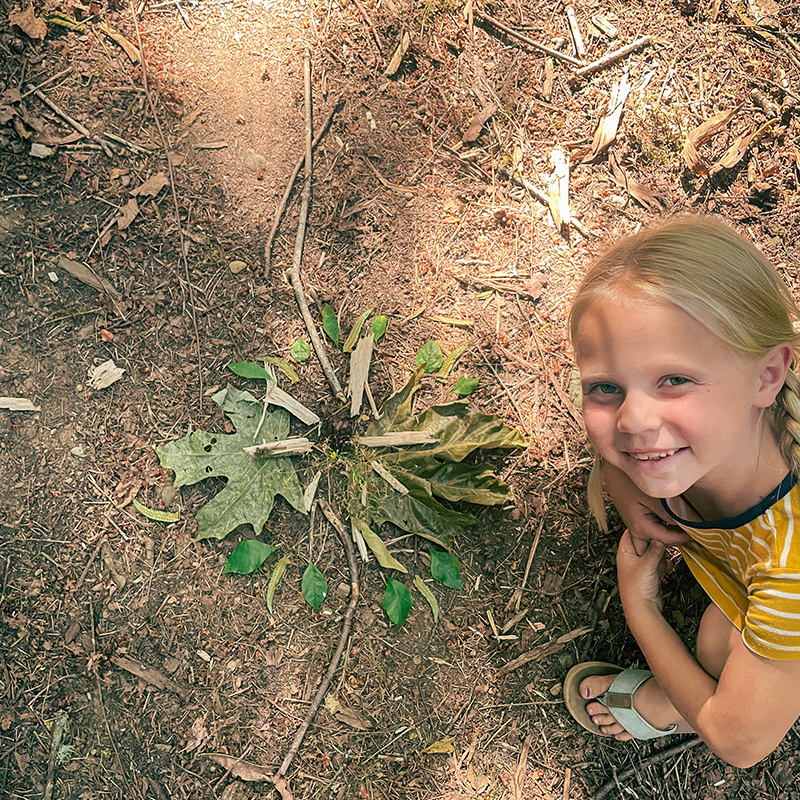
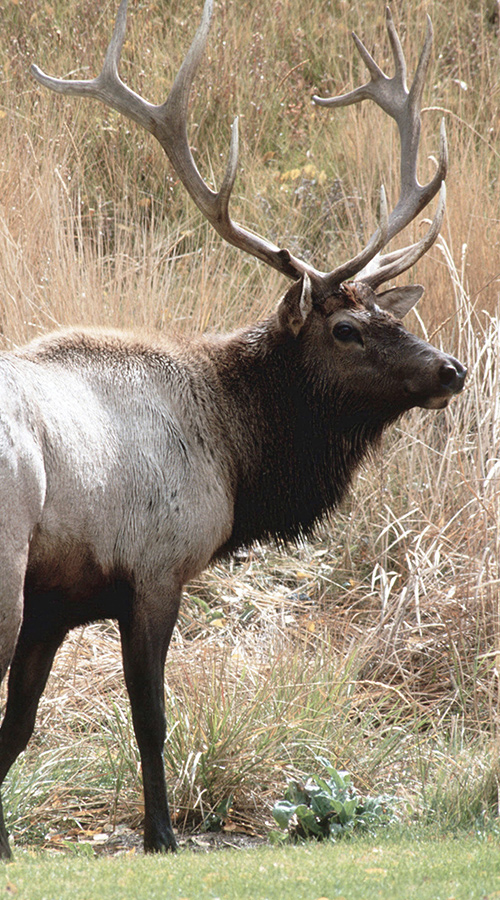
Animals
- Terrestrial Mammals
- Marine Mammals
- Fish
- Anadromous Fish
- Amphibians and Reptiles
- Birds
- Invertebrates
- Life in the Tide pools – find out what you can see in the tide pools!
- Roosevelt Elk – a quick article about the history of Elk in the park!
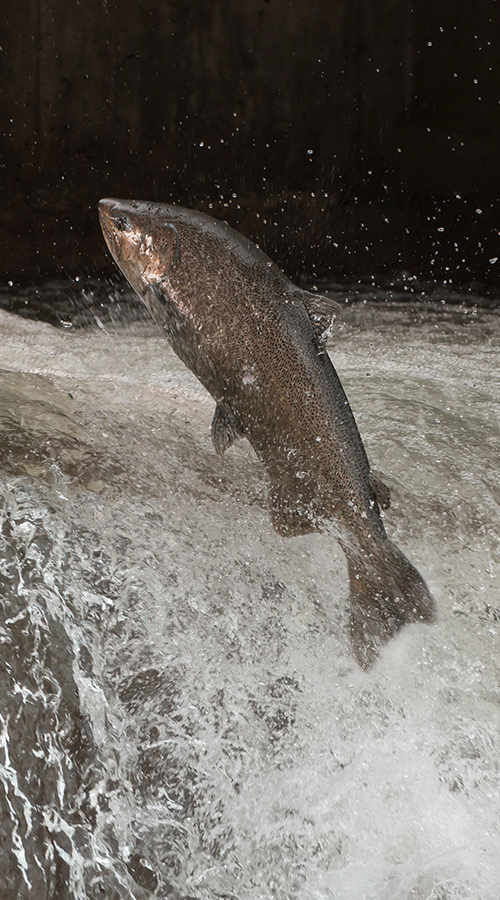
BOOKS & PODCASTS
If you would like to purchase something, PLEASE use our links! We receive a small commission and it helps us keep our blog running – but your price stays the same! We truly appreciate your support!.
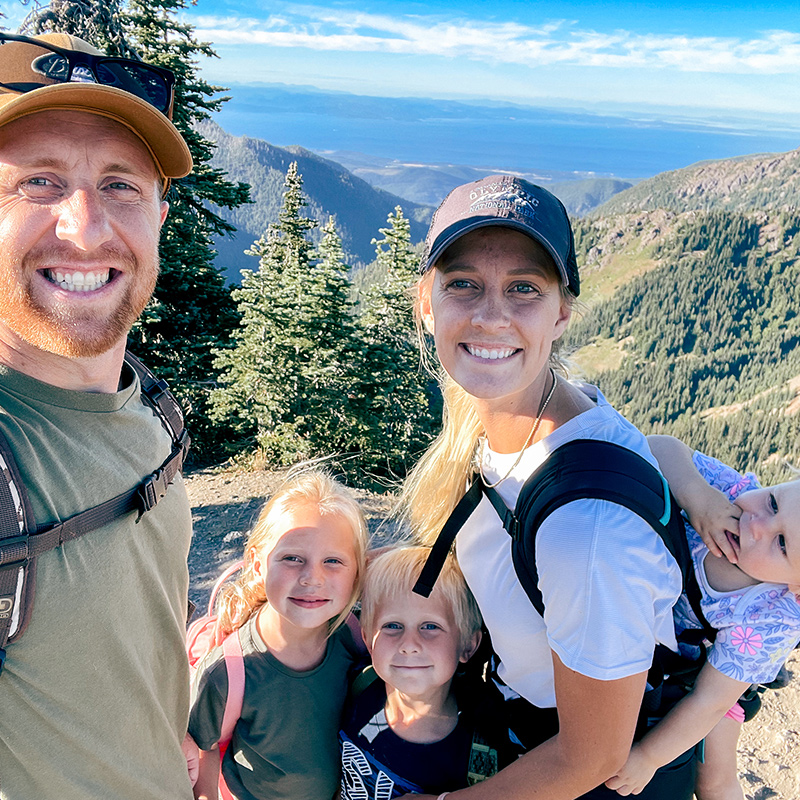
Hiking with Spoons – podcast episode about enhancing park experiences for disabled and chronically ill persons.
Olympic National Park Map – map of the park.
Kids Journal & Activity Book– made by yours truly! We gave our kids this notebook for our trip and they LOVED it, so we put it on our small Etsy shop for others to enjoy.
Best of Olympic – a book compiled by a former park ranger to help you get the most out of your experience with Olympic.
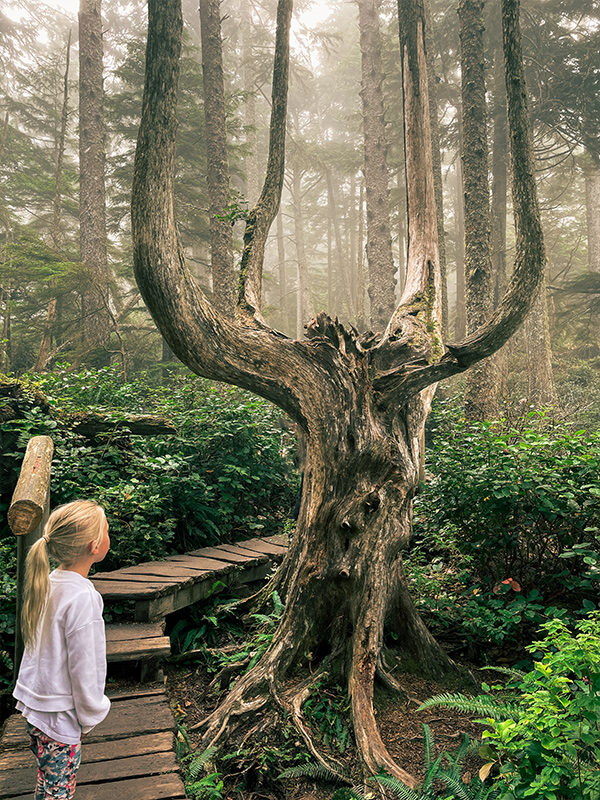
Who Pooped in the Park? – great book for kids to bring with them on their trip to the national park. They’ll love trying to decipher clues to find out which animal scat & tracks they can find! Great for taking on a longer hike to help kids get excited to explore the area.
Olympic Impressions– rich & beautiful photography of the national park to help inspire you.
Olympic Mountain Pursuit – this book is part of a series of books about the Pacific Northwest k-9 unit. It’s available as an audiobook so would be great to listen to during those long road trips! I haven’t personally listened to it, but the series gets good reviews.
Olympic – A Natural History – book detailing the natural and human history of Olympic National Park.
Olympic – A Landscape Photographers Guide – great book for aspiring landscape photographers!
Touch of the Tide Pool, Crack of the Glacier – great book for kids age 8-13. Follows the adventures of a family who are visiting the national park.
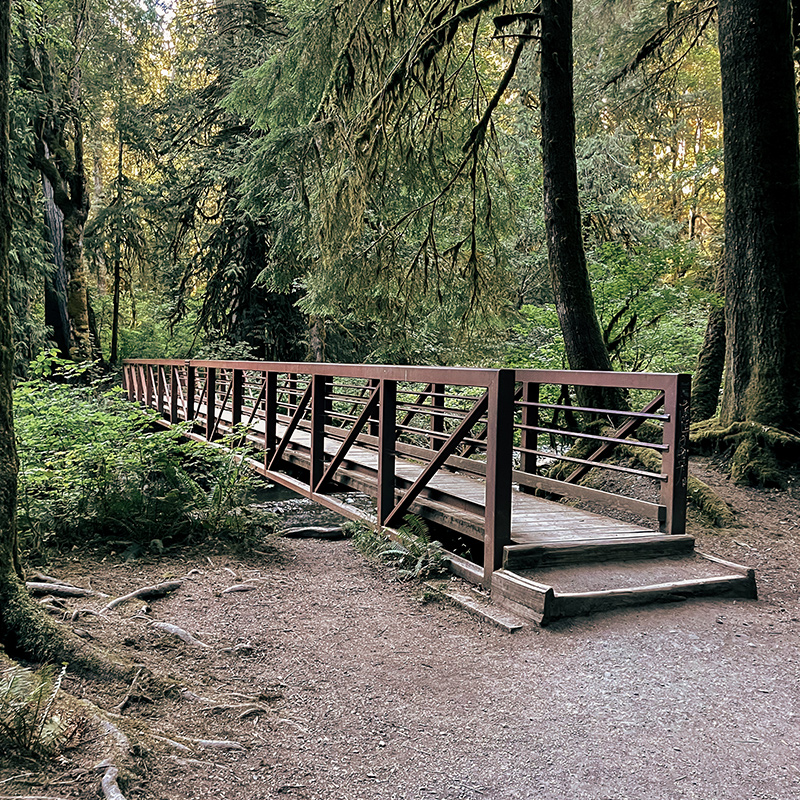
Olympic: A True Book – great for encouraging 3rd-5th graders to study the national park and get invovled in their own research.
Olympic Pocket Guide – quick folding pocket guide for on the go! Lightweight and easy to bring out exploring!
Salmon Cedar, Rock & Rain – a vivid exploration of the National Park with 150 beautiful photographs as well as stories directly from the local tribes.
Olympic National Park (Rookie) – Book for young readers to explore the national park!
National Parks Journal – journal to track your visit to all the U.S. national Parks.
National Parks Cookbook – a fun way to bring a little bit of the National parks into your home!
Colors of the National Parks – cute board book to introduce the smallest explorers to the national parks.
National Parks Passport Book – when you travel to the National Parks you’ll find they each have a unique stamp you can stamp into a notebook or passport book. This is a fun and unique way to cherish your experiences at the park.
Campfire Stories – great game/story to get families and friends talking and laughing around the campfire!
VIDEOS
Our Family Video | Youtube Videos | Additional Videos
Our family did a 4 part video series of our time at Olympic National Park. We love creating these family journals and hope you enjoy them as well!
Other Relevant Youtube Videos
Short video by National Geographic with beautiful footage of Olympic National Park and the animals that live there.
Two brothers head to Olympic National Park and show a lot of the amazing places in the park while sharing facts about it.
Full documentary on the natural history of the park. Goes over a lot about the formation of the park and geography, geology etc.
Beautiful high quality footage from all over the Park. Great to put on in the background while working on a project or something as a family.
Quick video from National Geographic of the marmots that call olympic national park home!
If you love legends this documentary follows on the trail of Bigfoot and his appearances in Olympic National Park.
Quick video by National Geographic of the Sea Otters that live off the coast of Olympic National Park.
Documentary following the Orcas of Olympic National Park! Great to watch if you’re interested in Whales!
Video with information on Photographing the park, great for aspiring photographers!
Additional Video Ideas
- Official Youtube Channel for Olympic National Park
- Live Webcams in the park
- The Olympic Elk – documentary on Disney+
- Secrets of the Whales – documentary series from National Geographic. Available on Disney+
- National Geographic’s America’s National Parks series – episode one is Olympic National Park available on Disney+
- Wonders of the National Parks: A Geology of North America – episode 7 is about Olympic. Available for purchase on Prime.
SCIENCE
Elwha River Restoration | Ecosystems | Additional Science Fun
Elwha River Restoration Project
The largest dam removal in history!
The Elwha River Restoration Project stands as a landmark conservation effort within Olympic National Park, aiming to restore the natural flow and vitality of the Elwha River ecosystem. Initiated in 2011, this ambitious project marked one of the most significant dam removals in U.S. history.
For nearly a century, the Elwha River faced ecological disruption due to the presence of two large dams – the Elwha Dam and the Glines Canyon Dam. These structures impeded the natural migration of salmon, altered sediment flow, and affected the overall health of the river ecosystem.
Elwha Restoration – current ongoing research regarding the river restoration project.
Research Publications – a collection of publications centered around the Elwha River restoration.
How to Tear Down a Dam – a PDF showing the stages of dam removal – great way to visually see the steps.
Interactive Earth – rendering of Glines Canyon Dam removal process.
Webisodes – a series of short videos about the restoration project.
The removal of the dams has provided a unique opportunity for scientific research. Scientists and researchers are studying the ecological responses to dam removal, including changes in sediment dynamics, plant life, and the behavior of fish populations. The findings contribute valuable insights to inform future conservation and restoration efforts.
The Elwha River Restoration Project involved the complete removal of both dams, allowing the river to return to its natural state. The process began with the removal of the Elwha Dam in 2011, followed by the Glines Canyon Dam in 2014. The removal of these barriers opened up over 70 miles of pristine habitat, facilitating the return of salmon and other migratory fish to their historic spawning grounds.
The Elwha River Restoration Project serves as a model for large-scale ecosystem restoration, demonstrating the positive outcomes that can be achieved when efforts are made to undo human-made alterations and restore the natural balance of a river ecosystem within a national park.
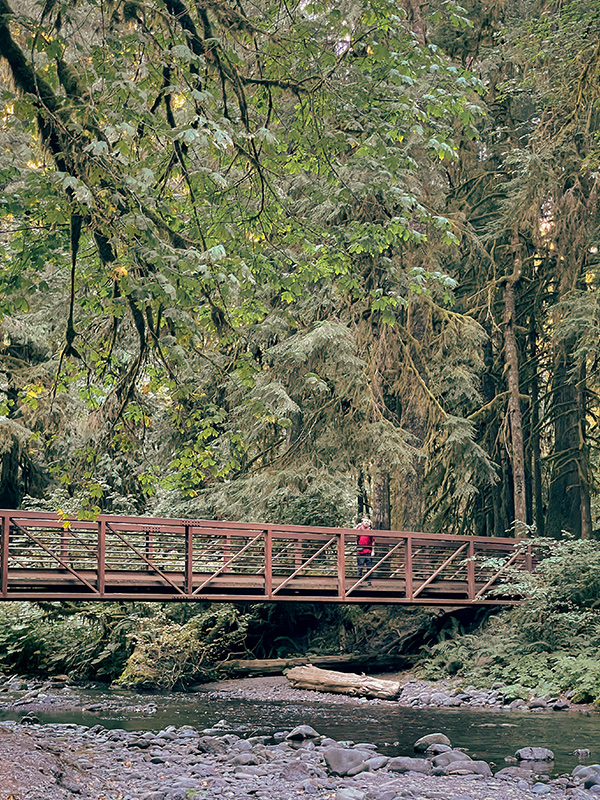
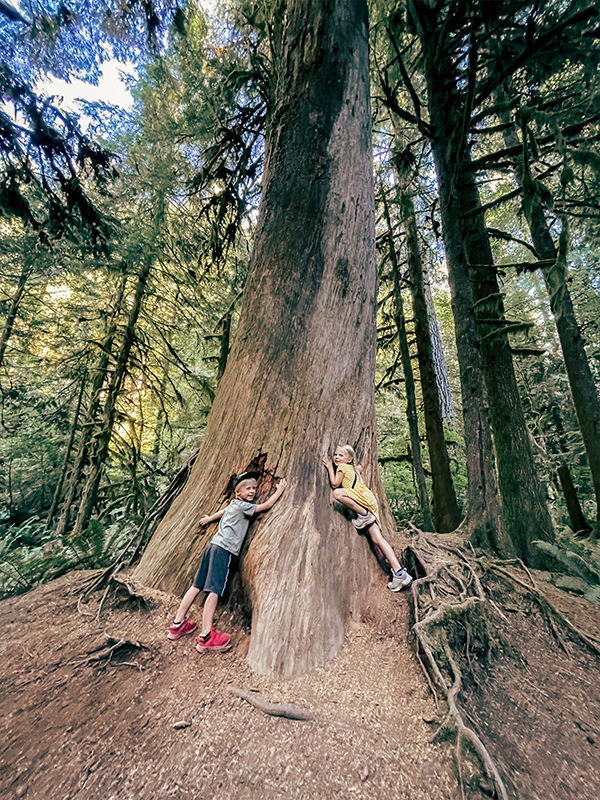
Ecosystems
There are 4 unique ecosystems within Olympic National Park, making it uniquely diverse! Check out these short articles to read more about each layer of the park.
Environmental Factors – quick article showing the environmental factors that effect the park.
Additional Science Fun
Telescope – great for beginner astrologists!
Microscope – collect unique wild things on your hike and then use this microscope to study them!
Geology Kit – great science kit for kids interested in geology or to learn about rocks before your trip!
Fisher Reintroduction – Article detailing the research and reintroduction of Fishers to the park.
Glaciers & Climate Change – Quick article detailing the glaciers in Olympic and how they are affected by climate change.
Geology Of the Park – a great overview of the landscapes in the park.
Rock Tumbler Kit – by National Geographic, my kiddos have this & it’s an awesome STEM activity!
Curriculum – GREAT resource collection of materials for creating science lessons centering around Olympic. Includes things like weather patterns, geology, habitats, and so much more!
TOYS & GAMES
If you would like to purchase something, PLEASE use our links! We receive a small commission and it helps us keep our blog running – but your price stays the same! We truly appreciate your support!.
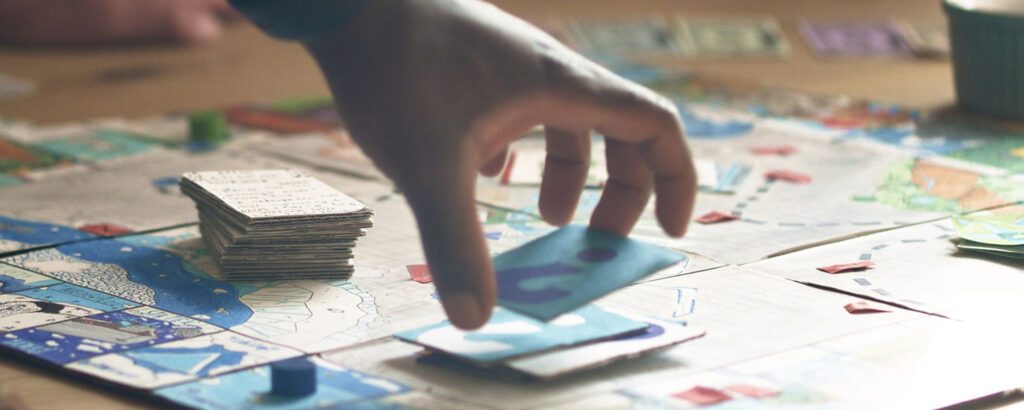
Sonder Tip: Playing games as a family is a great way to make memories and build relationships, all a big part of living a life of sonder.
Olympic NP Puzzle – 100 Pieces
Olympic NP Vintage Puzzle – 1000 Pieces
National Parks Pursuit – trivia board game
Trekking the National Parks – award winning strategy board game.
Get Wild – national parks quick rolling dice game, fun for families!
National Parks Quater Collection – book/map for collecting national parks quaters!
Olympic National Park Puzzle – 1000 pieces
Would You Rather – Road Trip Game – easy to play in the long car rides.
PARKS – National Parks board game – strategy game for ages 10+
TRAILS – Fairly easy strategy game, great for families.
Monopoly – national parks version!
National Parks OPOLY Jr. – monopoly for kids – we love monopoly because it teaches basic economics too!
FREE DOWNLOADS
From our family to yours, we sincerely hope you have enjoyed this page of resources and particularly these FREE downloads we crafted specifically for families like yours in mind! Thank you for being here!
What’s Included:
Journal Prompts
Nature Scavenger Hunt
Hiking Bingo
Maze: HuckleBEARies
Adventure Checklist
Post Card
Coloring Page
National Park Photograph
Dot – To – Dot Page
Garlic Butter Salmon Recipe
